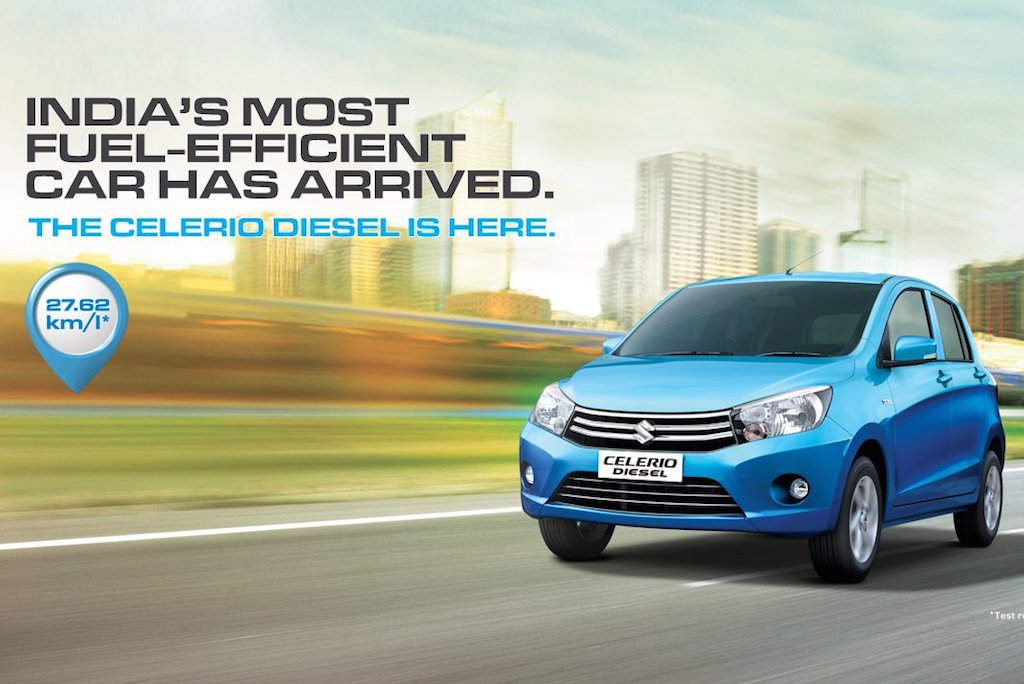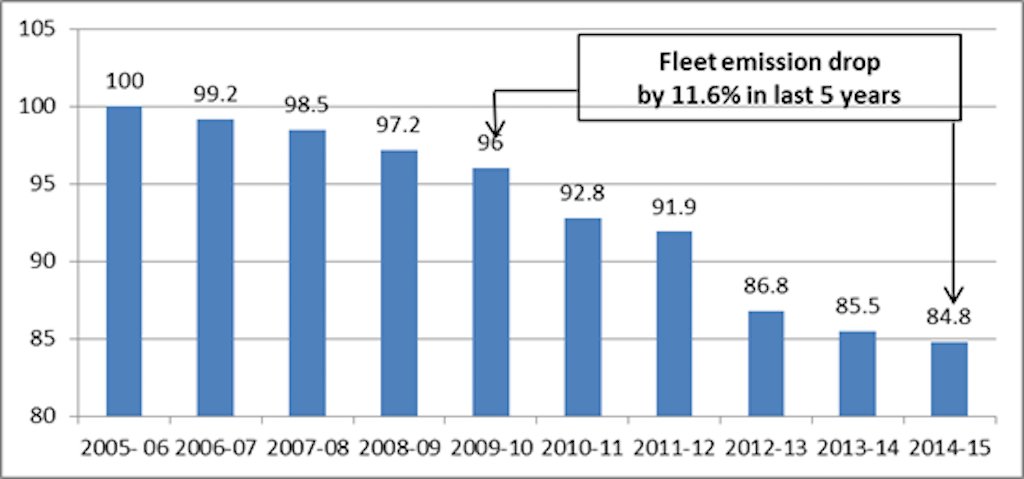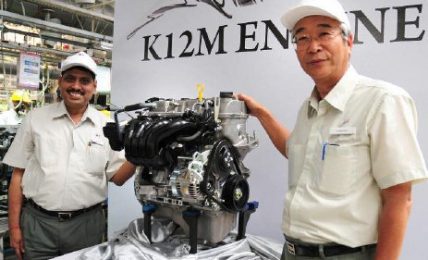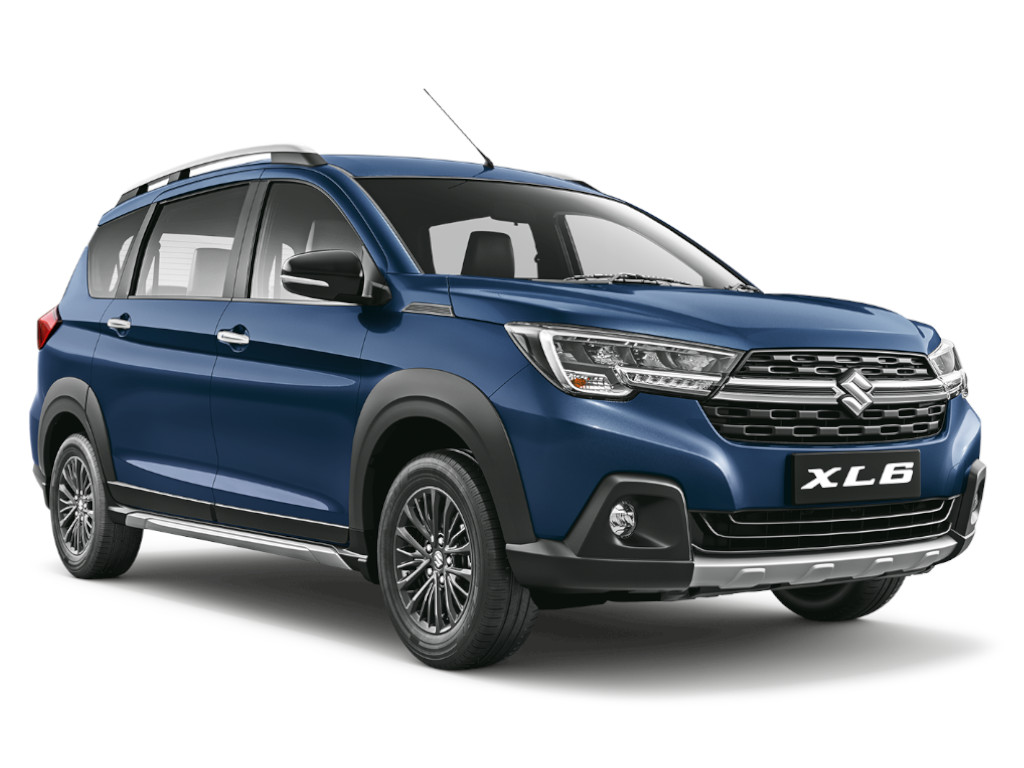Maruti’s fleet has seen improved fuel efficiency in recent times while the CO2 emissions have reduced by a healthy 11.6 percent in the past 5 years courtesy of new innovations.

In recent years, Maruti Suzuki has been extensively working on improving the fuel efficiency levels of its vehicles and the same is apparent today as the newly launched Celerio diesel (27.62 km/l), Ciaz (26.21 km/l) and DZire (26.59 km/l) are the country’s top three most fuel efficient cars. However, the change has not been dramatic and instead a result of systematic efforts the company states. On World Environment Day today, the Indian auto giant shared these systematic efforts and achievements in a statement, towards reducing vehicle emissions and the new benchmarks that were set during the process to promote clean air.

Starting with 100 vehicles back in 2005, Maruti Suzuki has been able to bring down the weighted average of CO2 emissions by over 11.6 percent in the past five years. The impressive figure was achieved courtesy of reduced exhaust emissions and the development of alternate fuels during this period. The automaker worked on several innovations inclusive of –
1) Introduction of changes in engine hardware to improve thermal efficiency and engine calibration
2) Optimization of transmission gear ratios for better drive and fuel efficiency.
3) Improved aerodynamic styling and weight reduction initiatives
4) Making compact combustion chamber
5) Enhanced compression ratio on gasoline engine
6) Adoption of advanced thermal management system along with low friction engine oil and modified fuel injection system that assist faster warm up to improve engine efficiency of diesel engine.
7) Introduction of new generation alternator management to optimize the charging of battery through the alternator, thereby contributing to better fuel efficiency.

Maruti is also one of the first automakers in the country to introduce alternate fuel options on its vehicles since 2006 and currently offers six models in its lineup including the Alto, Alto K10, Celerio, Wagon R, Eeco and Ertiga with the CNG+Petrol configuration. In terms of efficiency, the CNG equipped cars return the following figures –
1) Alto – 30.46 km/kg
2) Alto K-10 – 32.26 km/kg
3) Celerio – 31.79 km/kg
4) Wagon R – 26.6 km/kg
5) Eeco – 21.8 km/kg
6) Ertiga – 20.80 km/kg
Expanding to achieve lower emissions in the future, parent company Suzuki showcased three new technologies at the Geneva Motor Show this year which included the new-generation light weight platform, the BOOSTERJET small capacity direct-injection turbo petrol engine and the SHVS mild hybrid system. Maruti stated that these new future technologies will help reduce emission levels further while improving the performance on vehicle. The automaker is optimistic of bringing the technologies to India and could explore the same depending on customer requirements.
In real time, Maruti Suzuki has demonstrated the Swift Range Extender (REEV) under the National Electric Mobility Mission Plan 2020 (NEMMP). The Swift RE-EV is powered by an electric motor coupled with a 600cc internal combustion engine with the latter recharging the batteries, thereby eliminating the issue range battery depletion. The hybrid offers a cumulative fuel efficiency of 48.2 km/l. With the Indian government planning to introduce the CAFE (Corporate Average Fuel Efficiency) norms in the coming years, Maruti will certainly be at the forefront of the same while also encouraging other manufacturers to reduce CO2 emission levels on their vehicles.





